Inside: Discover the step-by-step process I use for animal research projects in kindergarten.
Using a Roadmap for Your Animal Research Projects
Spring is an exciting time in kindergarten, because the children have now learned how to write and can create their own nonfiction informational books. But in order to get the results we want, our animal research projects must begin several months before that, and include research and note taking steps, so children will already be animal experts before they begin write.
Here is the project path that we use to support us, as we move from animal researchers to nonfiction writers during the second half of the kindergarten year.
Animal Research Project Steps
Step 1: I Wonder
During this step, I plan an entry event, designed to spark curiosity and get children excited about the animal we’ll be studying. This might be an animal webcam, live animal visit, or even an unexpected “visitor” that we discover in the classroom or on the playground.
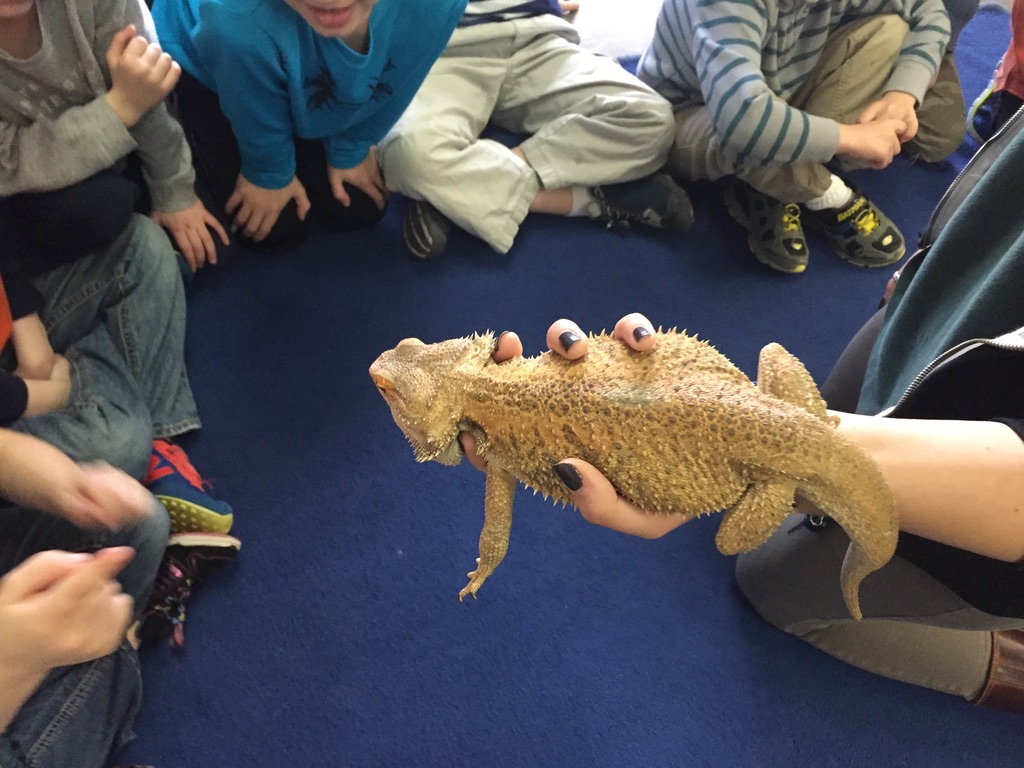
As children observe the animal, I invite them to share, in words and/or writing, what they see, think, and wonder about the animal.
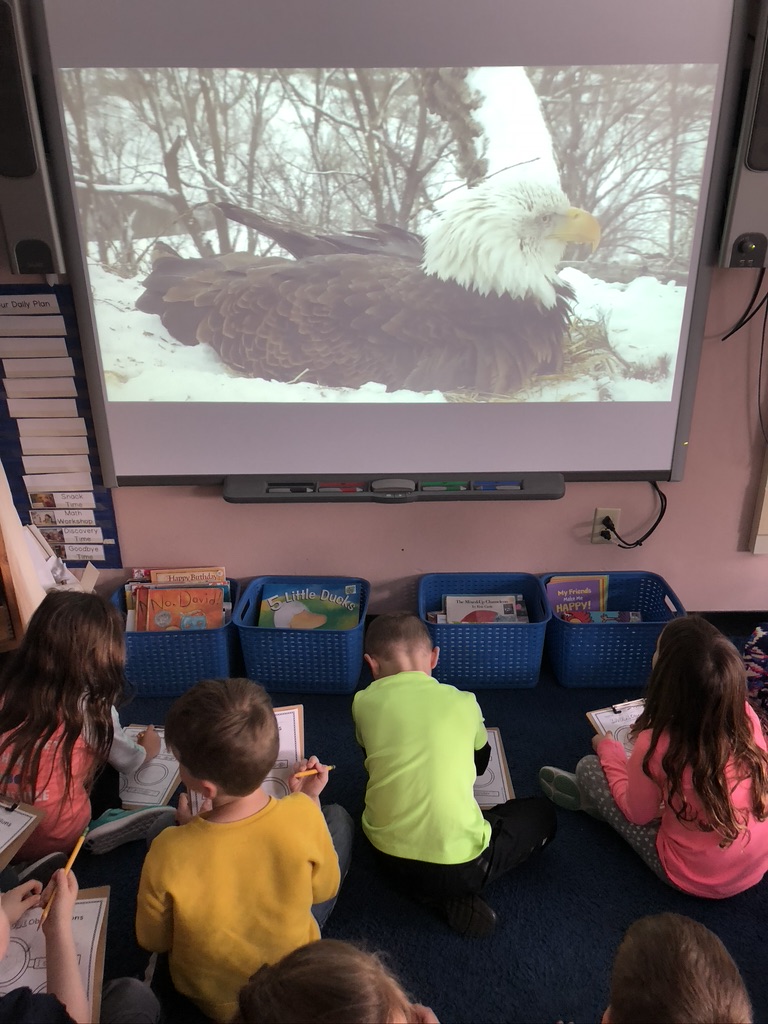
We create a wonder wall, where we post children’s questions, and sort them into four categories: body features, habitat, diet, life cycle.
Step 2: I Plan
I then work together with children to create a list of resources that we might use to find the answers to our questions. This includes books, videos, websites, webcams, mini field trips, and any ”experts” that we might interview.
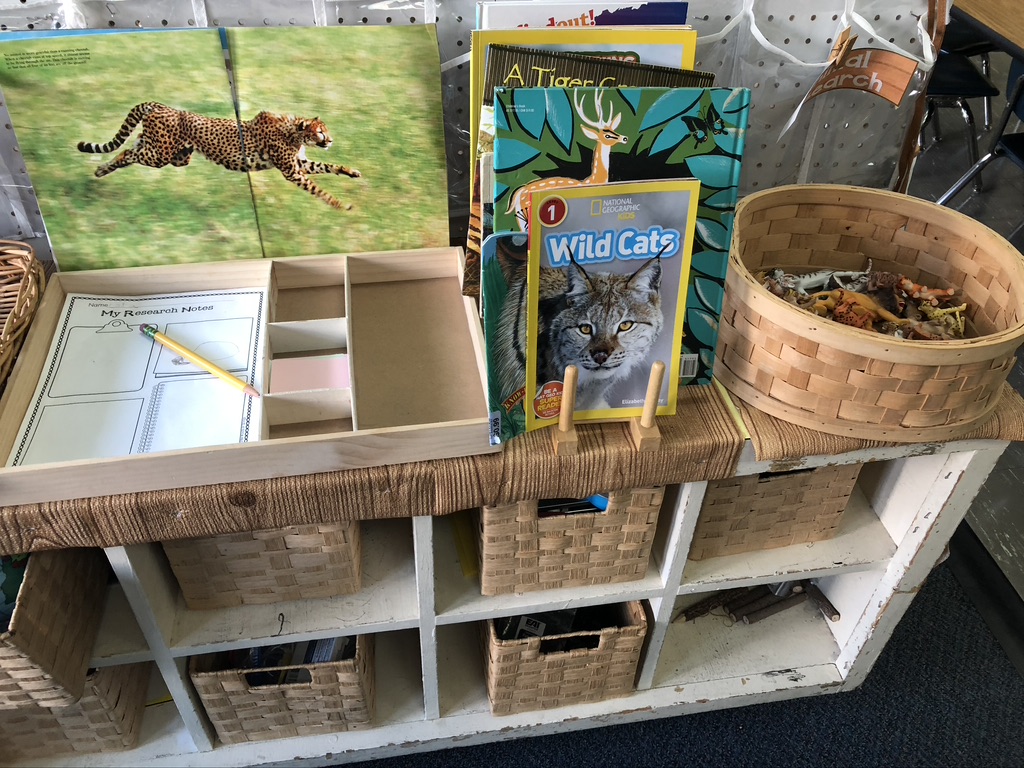
We create a special research center in our classroom to store and display them all materials related to our animal research projects.
Step 3: I Investigate
I build “inquiry time” into your day to conduct whole class, shared research using the resources we’ve gathered. I model note taking and let children take their own notes using a combination of pictures and words.
I also Incorporate what children are learning about the animal into their choice time discovery centers. They might create models of the animal out of play dough or use animal figures and special props in the block center to create and build habitats.
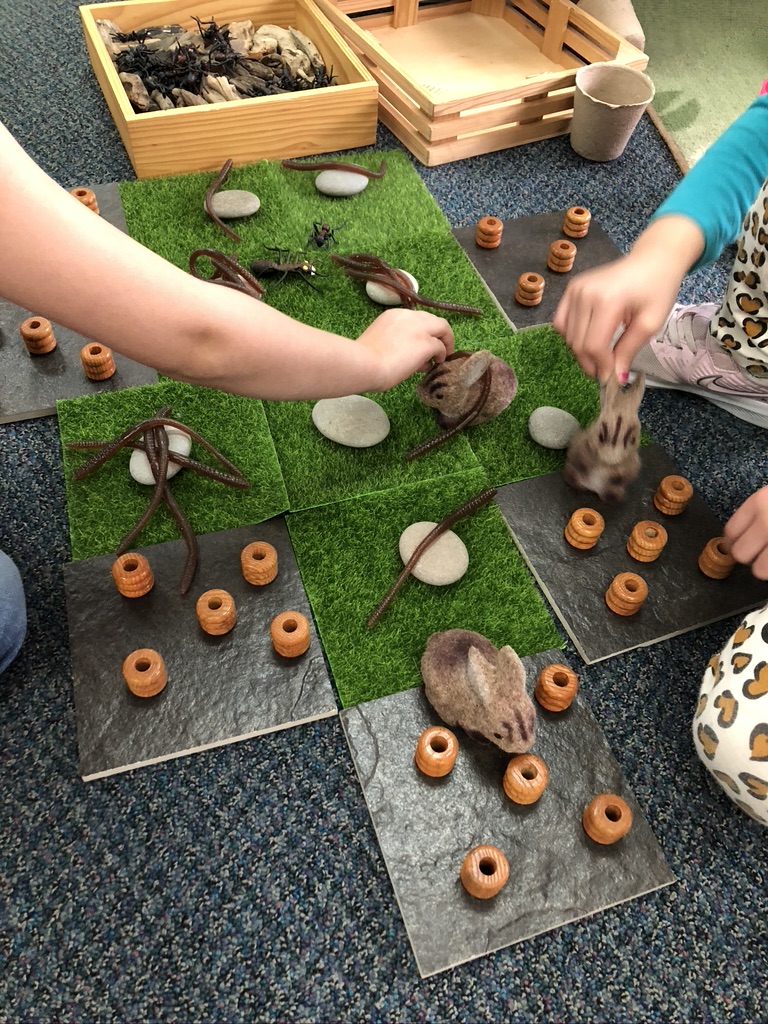
Step 4: I Review
Once we’ve “digested” lots of information, I invite children to reflect and review our shared notes to see if we have collected enough information about our animal in each of these four areas: body features, habitat, diet, and life cycle.
We will us these 4 categories to help us organize our writing in the next step, so it’s important that we’ve focused our research on gathering information for each subtopic.
Step 5: I Create
Now it’s finally time to write! During this step, we will create a piece of informational writing to share what we’ve learned. Depending on what form of writing we choose, the children’s age and their experience, they might work independently, with a partner, in a small group, or be guided by me, step-by-step.
When it’s our first animal research project, we usually do it together. The children choose the facts they want to write, but I guide them page by page through each subtopic.
Once, we’ve done that one together, I then let children choose an animal and do the second one independently, in pairs, or with a small group. This happens naturally, as some children will pick the same animal, and will need to share resources, so they end up working together, but each creating their own book.
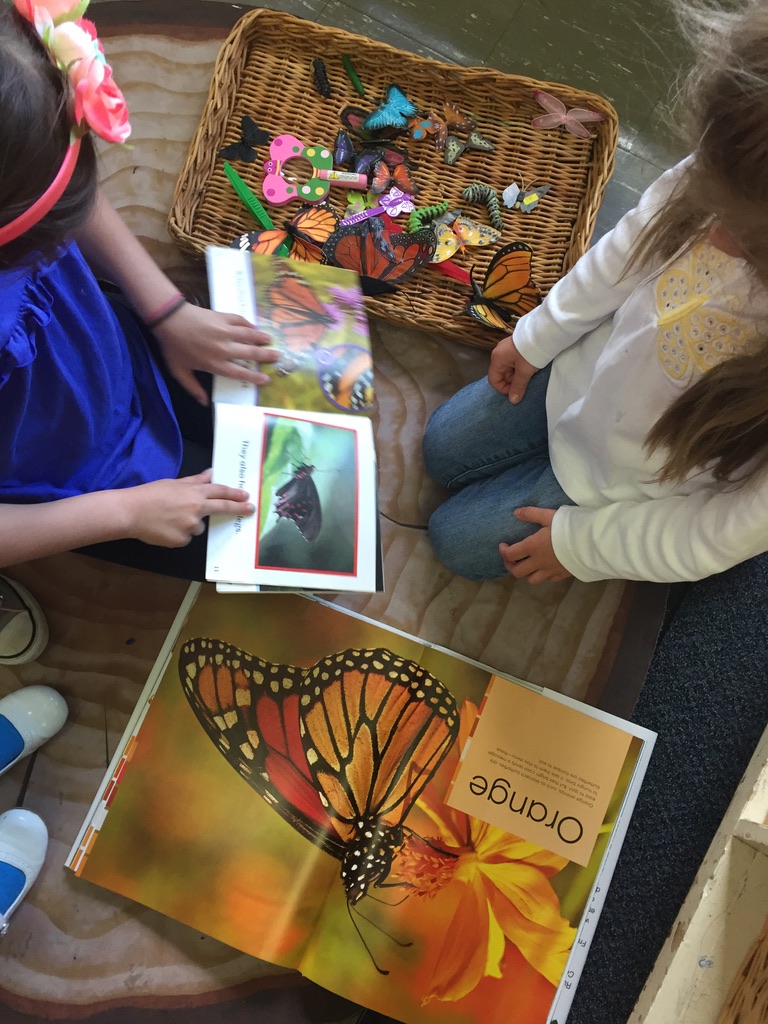
Along with an informational text, children can also create additional visuals to use in their presentation. These might include:
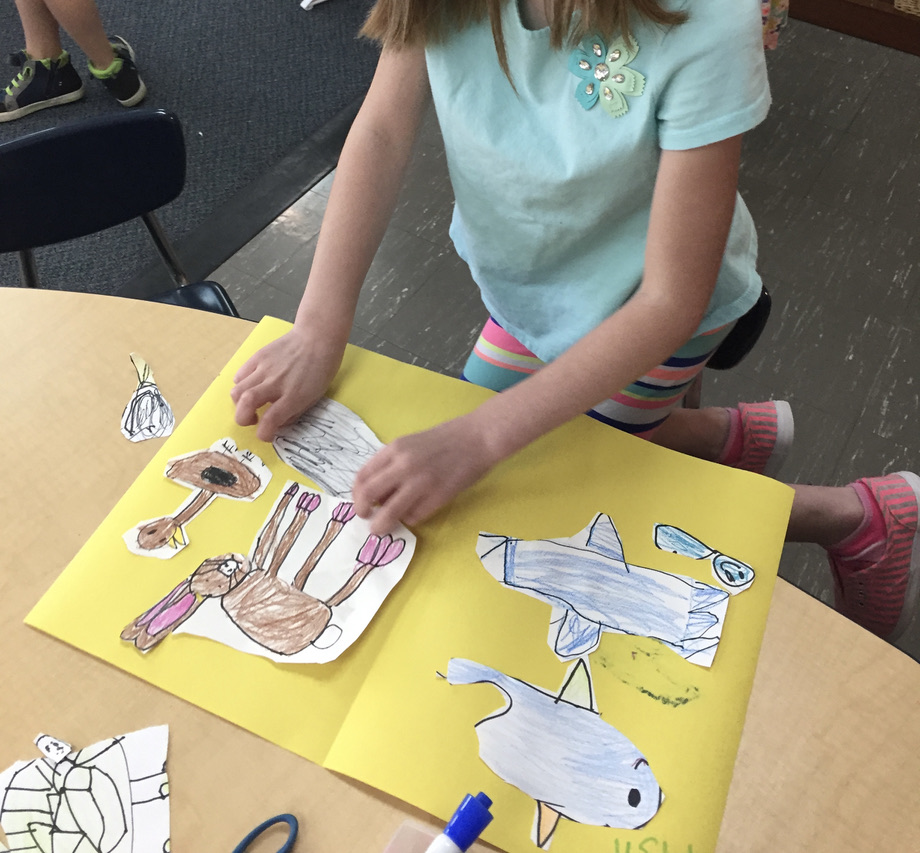
These are great options for children who have finished their writing before others and need an additional challenge. Or children might choose to work on this extra project during choice time.
Step 6: I Share
I work together with children to choose an authentic audience to share our learning and we schedule a time to present. The presentation can be as simple as reading to a book buddy from another class or as involved as creating a “museum” and hosting tours for families.
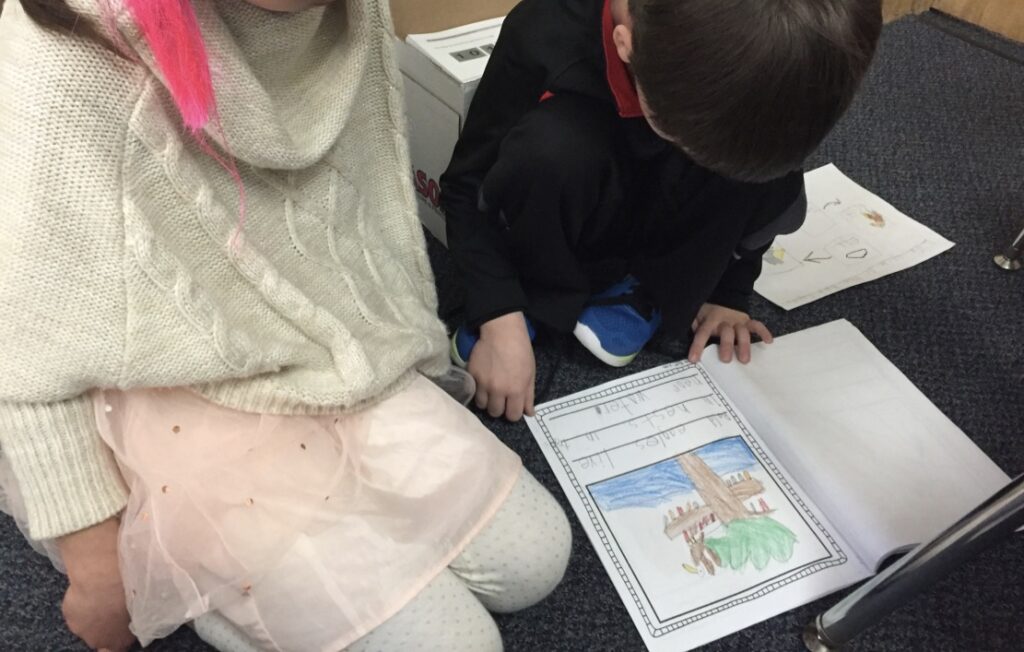
Before children present, I spend some time reviewing and rehearsing presentation habits. I model and we role play each behavior so children know what it looks and sounds like to be an effective presenter.

Resources for Your Own Animal Research Projects
Are you ready to begin an animal research project with your kiddos? Use the above roadmap as your guide along with these additional resources that will be helpful to you on your journey.
Using Webcams for Animal Research in Kindergarten
Keeping it Real: Animals in the Classroom
Our Eagle Research Project Path
Ready, Set, Research: Animal Informational Writing Units
For more science and inquiry ideas, visit the Growing with STEAM page found inside the Roots & Wings Resource Library.


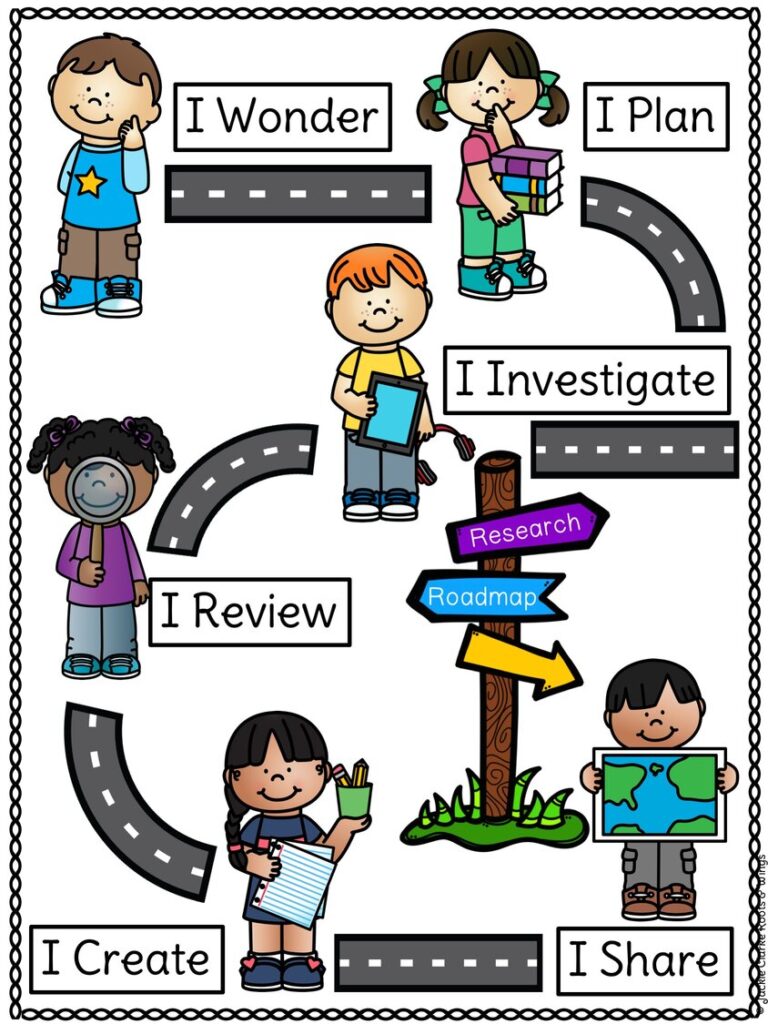
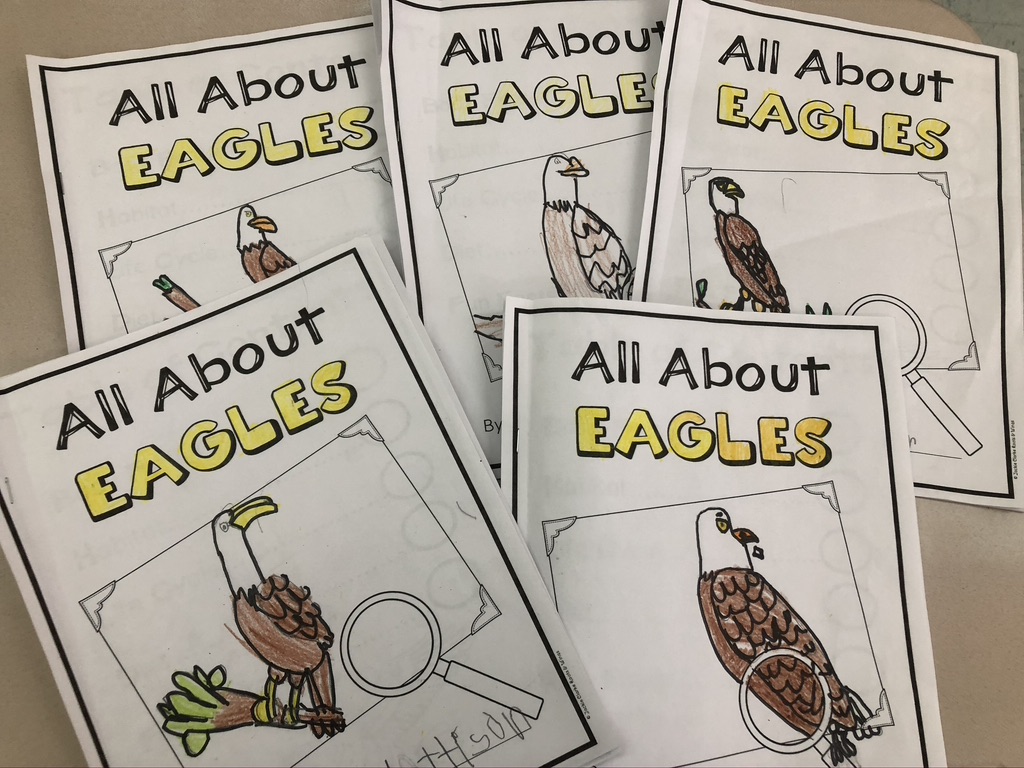
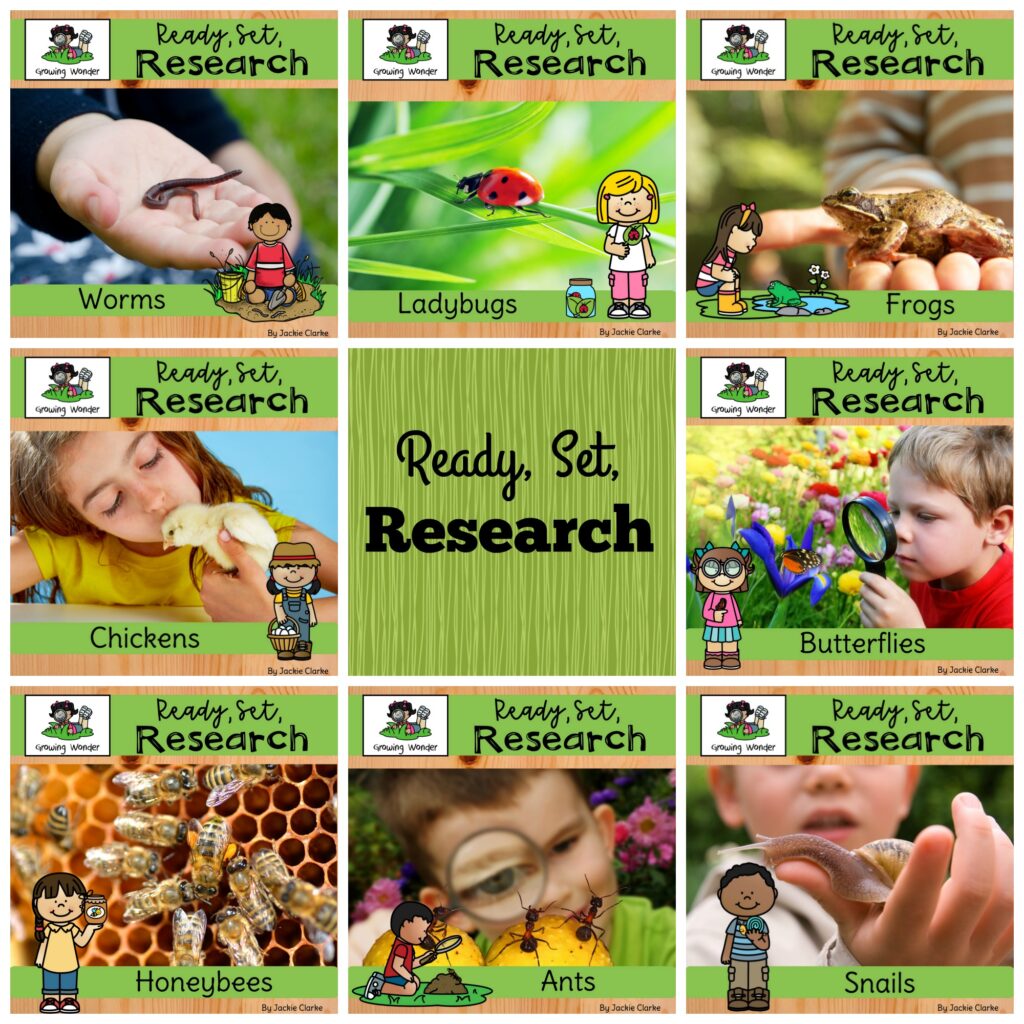
 Exploring Precipitation (and Going Deeper with Snow!)
Exploring Precipitation (and Going Deeper with Snow!) Our Bald Eagle Research Project
Our Bald Eagle Research Project Curious Classroom Book Study: Demonstrate Your Own Curiosity
Curious Classroom Book Study: Demonstrate Your Own Curiosity My Biggest Challenge with a Classroom Makerspace
My Biggest Challenge with a Classroom Makerspace
Where is the rug from that students play with the animals on?
Where is the rug from that students play with the animals on?
It's from Ikea!